Does Your Car Look Happy To You? Designers Talk About The Evolution Of Lights, Grilles And Bumpers
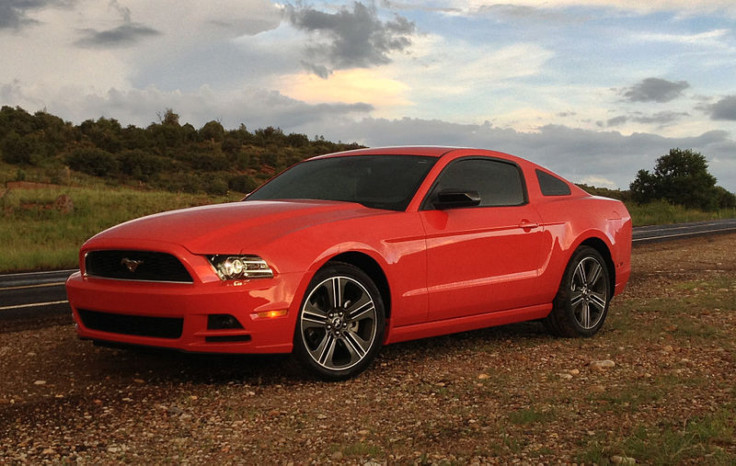

Do you associate the front of a car with a face?
Who doesn’t, right? It's easy to see the eyes in the headlights, the nose in the hood or the grille, and a mouth in the grille or the bumper.
The practice of assigning human characteristics to cars goes back before the late 1960s “Herbie” Disney film franchise about the anthropomorphic Volkswagen Beetle, a cultural icon among American hippies following a decade of marketing by the German automaker that pushed the car’s cutesy, cartoonish, friendly front profile. And the look worked. With a few minor changes, the Beetle's design remained largely static for more than seven decades even as other cherished models, like the Chevrolet Corvette, went through major facelifts.
“We’ve done studies that specifically look at how people are anthropomorphically connected to car designs,” Sam Livingstone, automotive design strategist for U.K.-based Car Design Research Ltd., told International Business Times. “Consumers are reading to some extent the face of the car as the face of a person and therefore will infer from it an attitude, be it aggressive, benign or friendly. We’ve done a lot of work with face design because we think it’s a massively important thing. Even if people don’t consciously read the face of a car, they certainly do it subconsciously.”
Subconsciously or not, a car’s look matters a great deal more than whether the design features actually serve any function. Nobody in the auto industry really believed the giant rocket fins of a '50s Cadillac did anything to help aerodynamics; they were there because for some reason Americans at the time wanted large tailfins. And today, the so-called feature-lines – those distinct side panel creases and hood panel ribs – are there not because they serve any function but because consumers like the look.
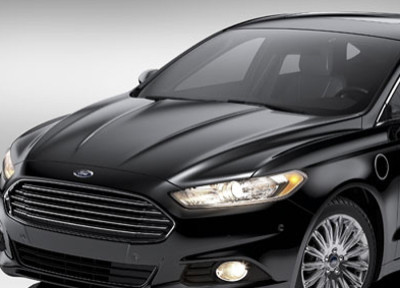
“Broadly speaking, the appearance of the car is dictated by the designer’s hand, not the wind tunnel,” said Livingstone, whose firm has worked with Volvo, Audi and other major auto manufacturers in determining future design trends.
Aesthetics might not bow to aerodynamics, but they must serve the interest of safety. New, tougher European regulations that went into effect this year, aimed at improving protections for pedestrians struck by vehicles, are having a profound effect on front-end design; the hoods of passenger cars are getting higher and bumpers are being lowered to mitigate injury to legs and heads. It’s part of a global initiative by the United Nations that automakers support.
Tom Matano, executive director for the School of Industrial Design at the Academy of Art University in San Francisco, points out that even before these rules went into effect, automakers were planning ahead so that by now most mass-produced cars are employing these design changes.
“Everyone has absorbed the European safety bumper rules, and along the way designers realized you don’t need a safety bumper going across the front end and the grille could be situated directly above the bumper area,” Matano told IBTimes. “You no longer needed a strong, visible safety bumper across the front of the car.”

So gone is the “grinning” chrome bumper, which has now been replaced with an interesting trend in automotive design: the grille as what Livingstone calls a “brand embellishment.” What was once a function of automotive engine cooling that allowed air to enter the front is now largely superfluous for most modern passenger cars. So what once served function is now form. BMW has its distinct kidney grille. Mercedes recently enlarged its badge and planted it in the middle of its relatively uniform grille design across its models. Now you now see mainstream automakers embellishing this concept innovated by the luxury brands to give their cars immediate recognition. Ford’s recent uniform front-end design for its latest sedans is a good example of this.
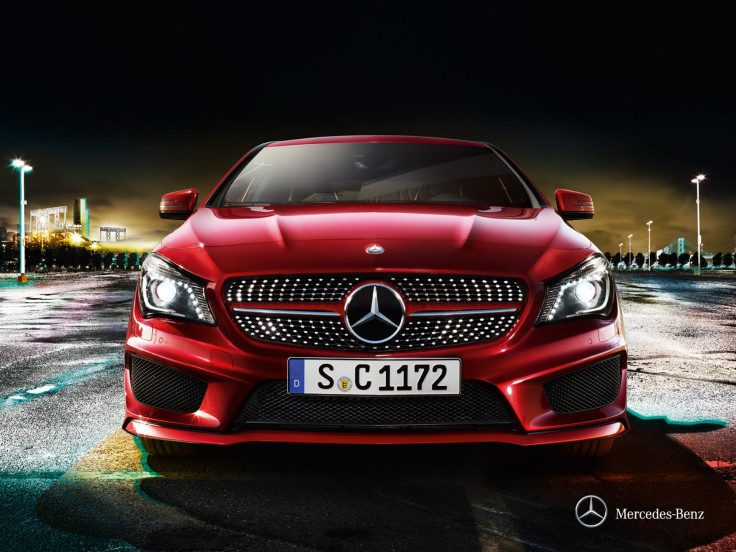
So what about the car’s “eyes?”
Matano, who helped design cars for Mazda, General Motors and BMW, said that for a long time the rules governing headlamps required round or horizontal rectangular front-facing lights. But that’s no longer the case. Now lights have sleeker wraparound forms. Designers have long wanted to diminish the noticeability of the thin gap between the hood hatch and its adjoining body panel. One way to do that was to move the grille up to meet the hood and to situate the headlights to the sides of the hood hatch rather than below it. The 2014 Chevy Malibu is a good example of this.

Headlight evolution is one of the more profound changes among vehicle components going in car design right now. The invention of the high-brightness, low energy white light-emitting diode – first invented by the Nichia Corp. in 1994 – is quickly being adopted in car design. And for good reason.
“There’s a packaging issue behind the headlamp,” said Matano. “Behind the lamp is about six inches of space you need for the typical headlight. But now with LEDs this depth is shallower, freeing up more design latitude. The technology gives you a different look.”
The advent of LED technology is still nascent, thanks largely to the price. But as LED lamps become more affordable they will certainly be adopted by mass-market automobiles and the changes could be profound, as seen in the upcoming 2015 Volvo VC90, where LED lights are incorporated into the front grille and the Volvo badge.
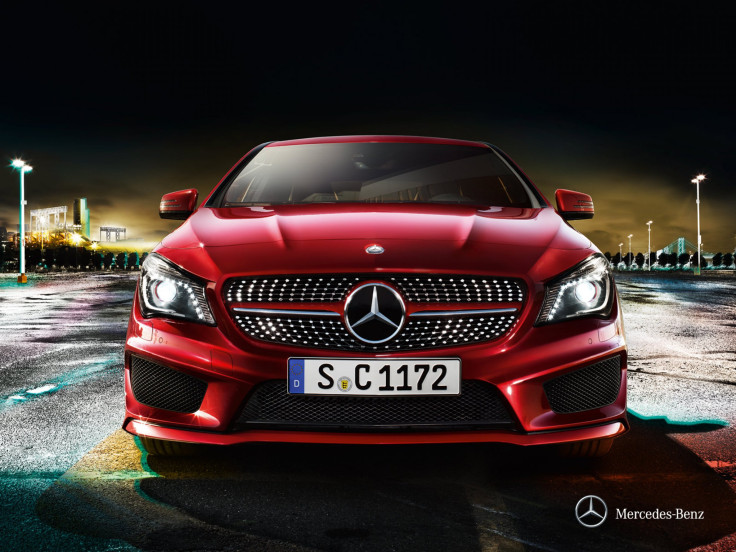
It will be a while, if ever, before people stop looking at car faces as actual faces, but unless people demand cutesy, round-eyed and grinning cars again, it’s likely cars will continue to evolve until their front ends take on other less human associations.
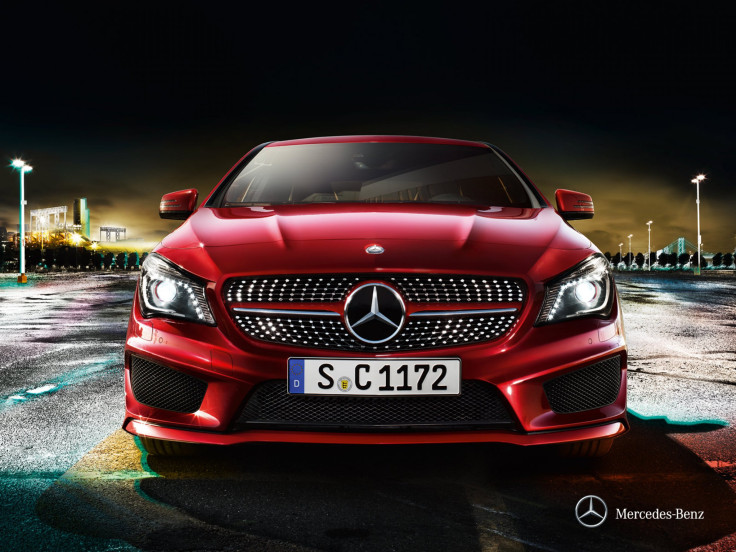
© Copyright IBTimes 2024. All rights reserved.






















